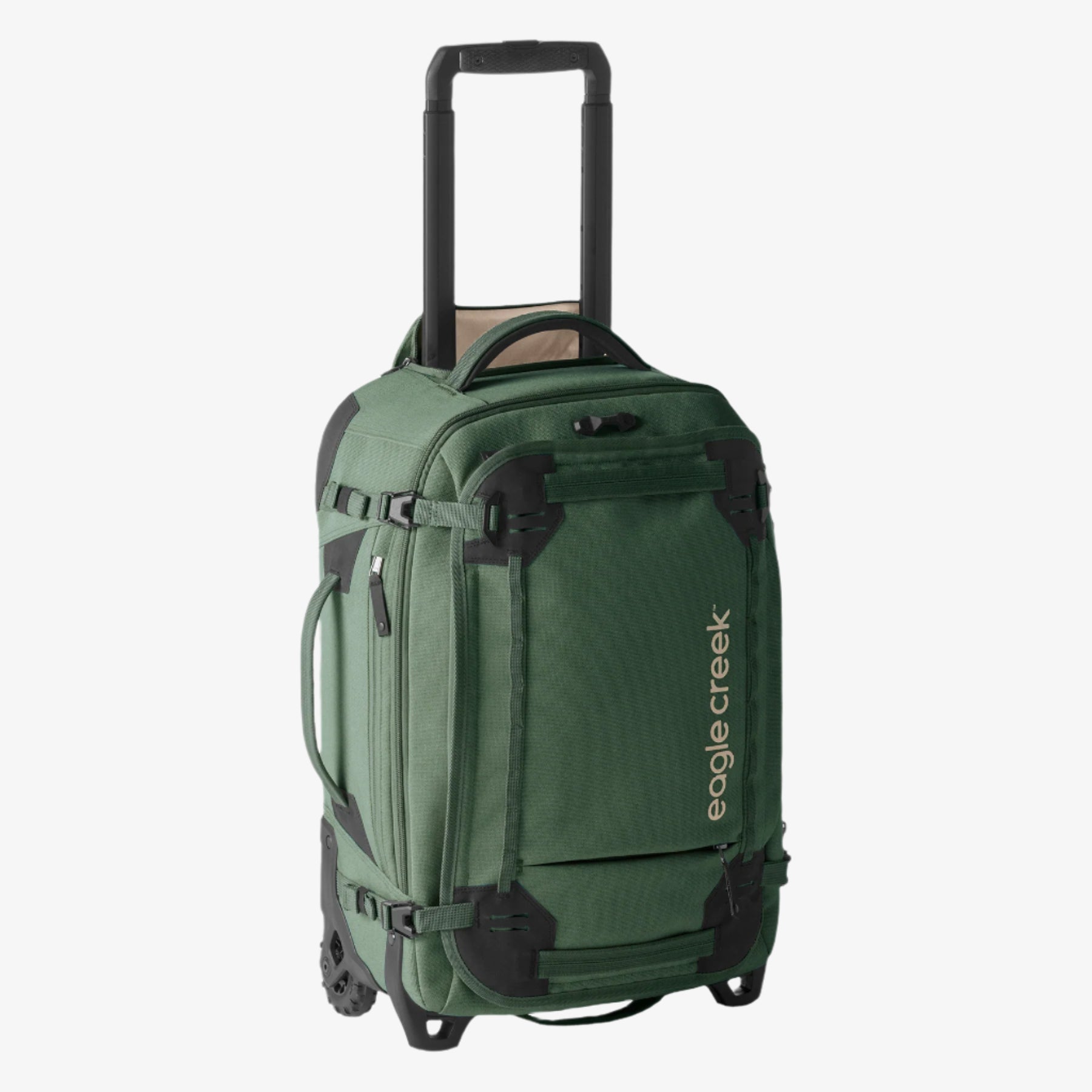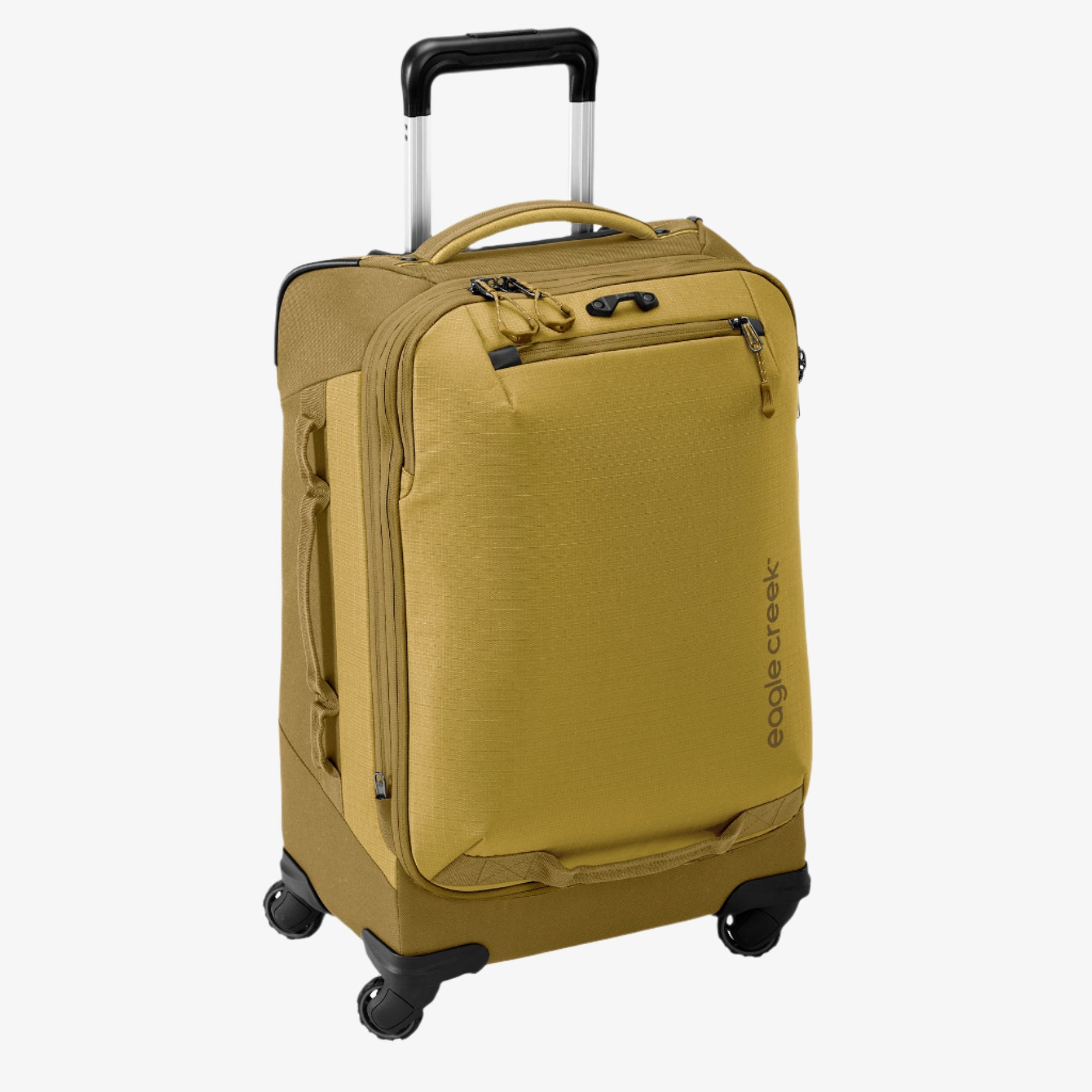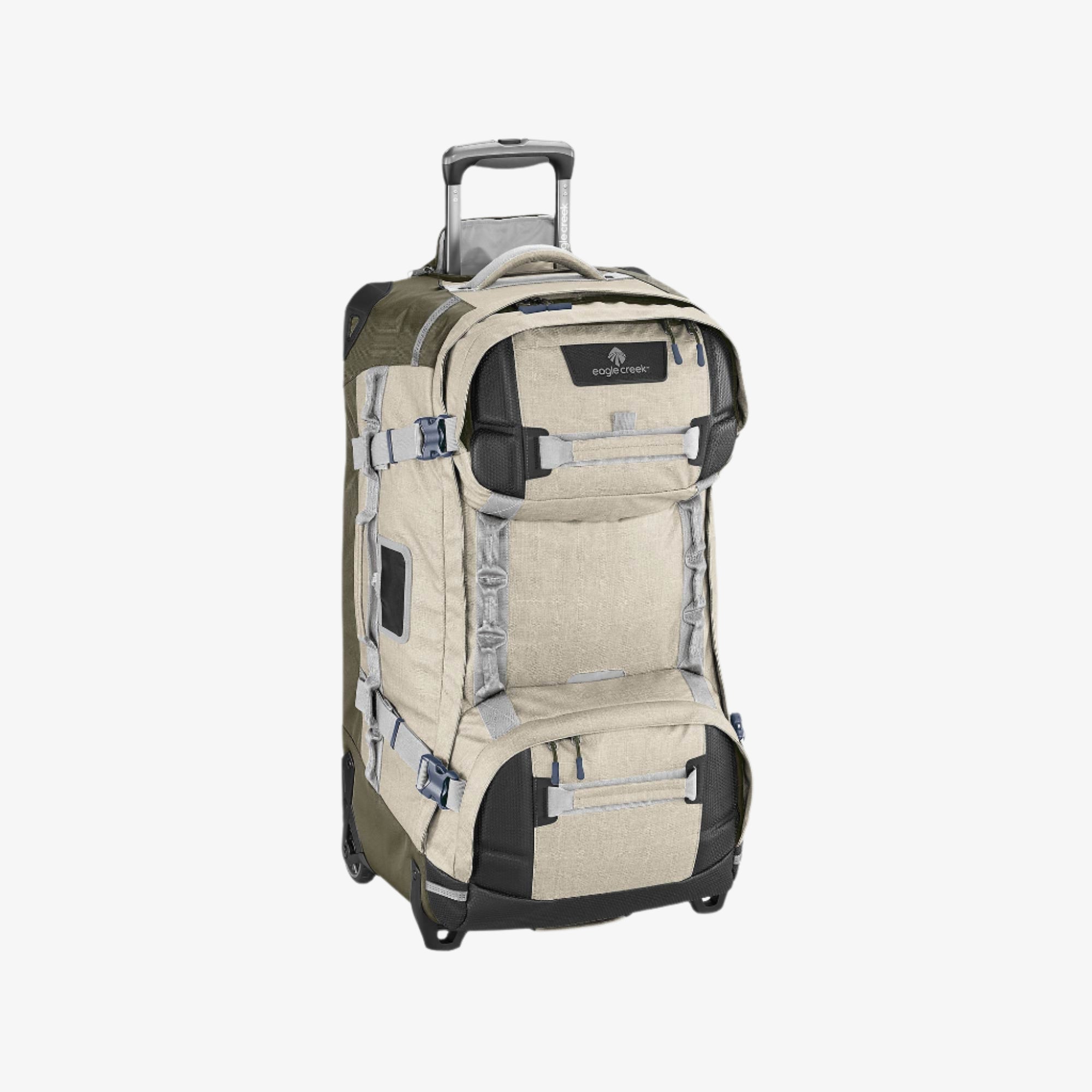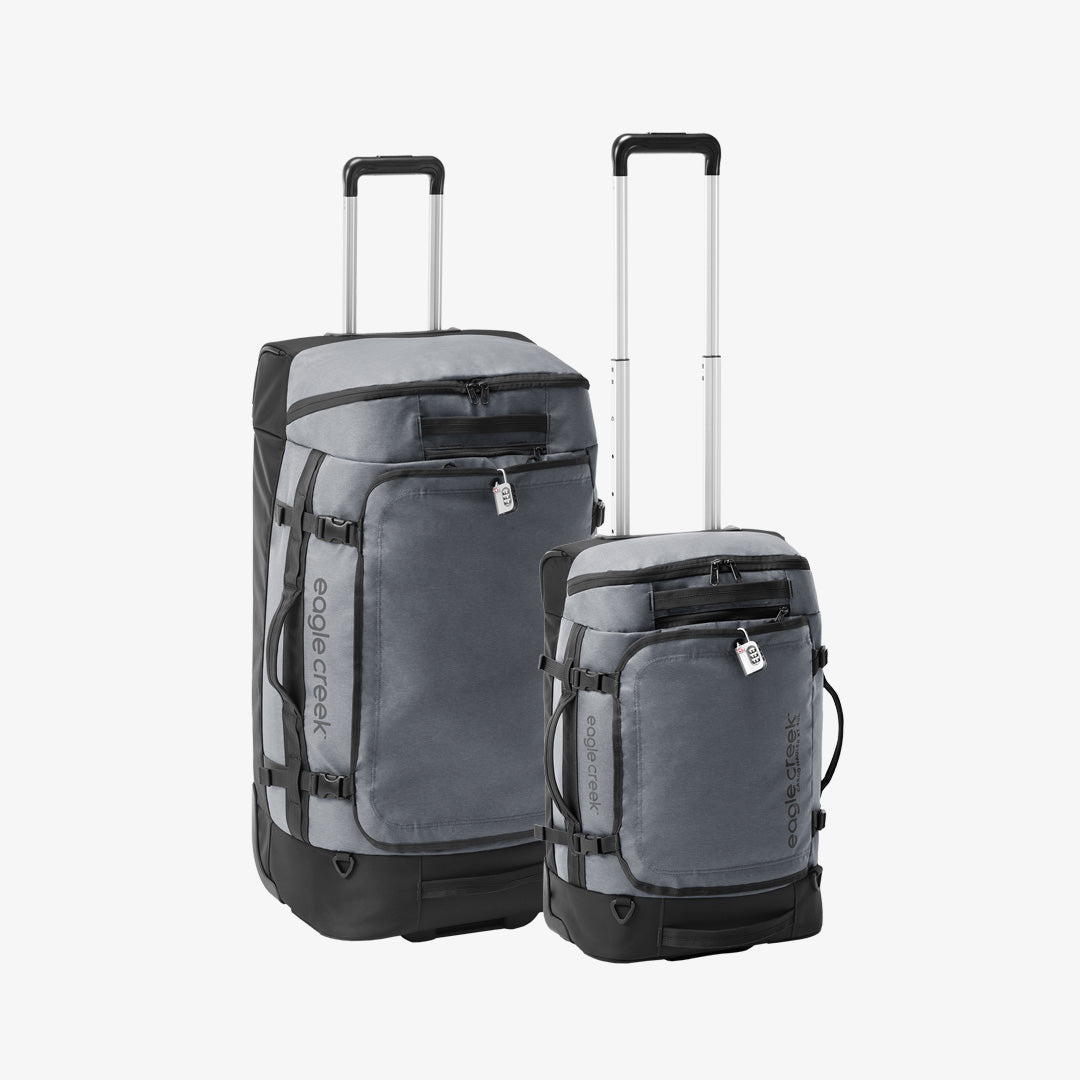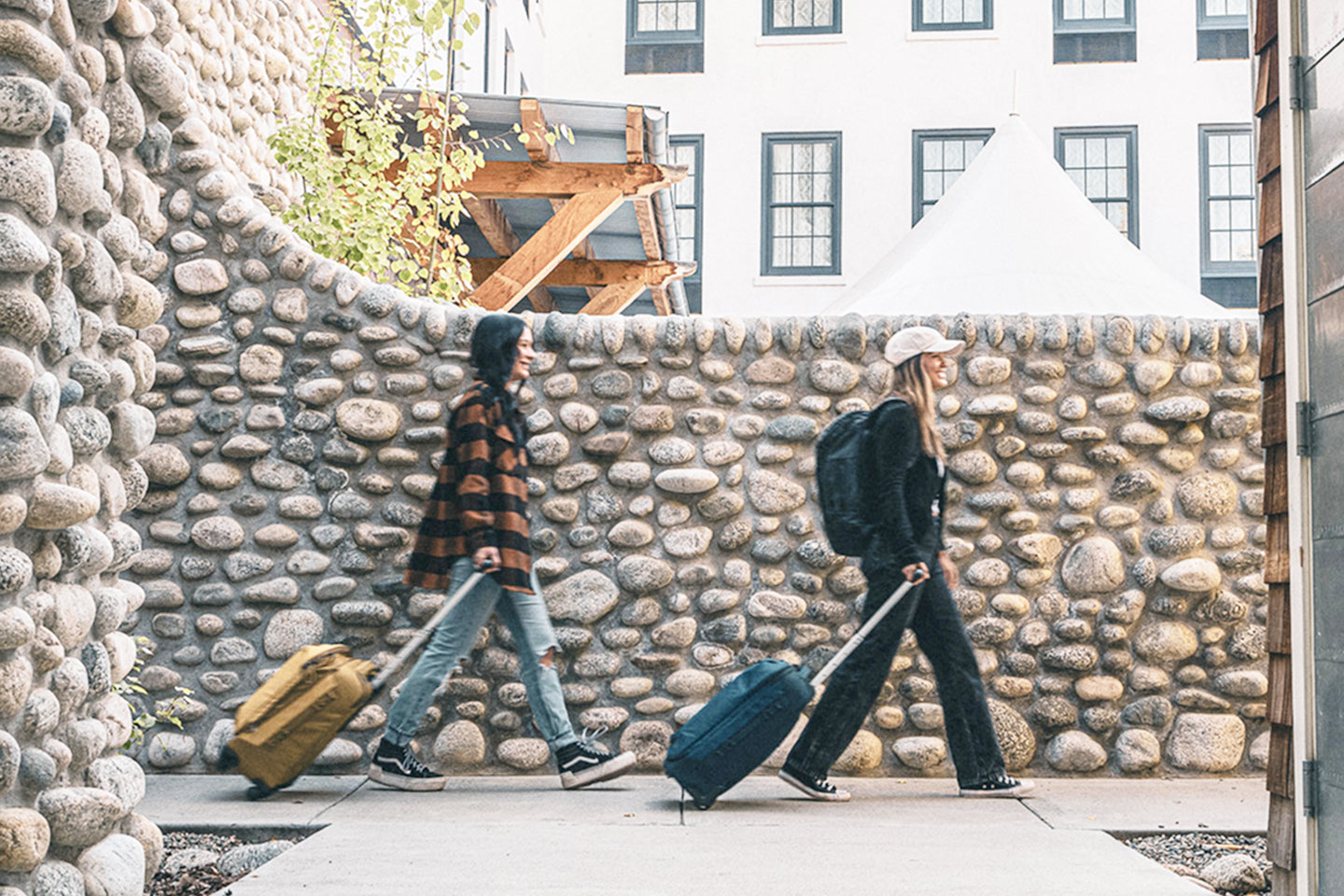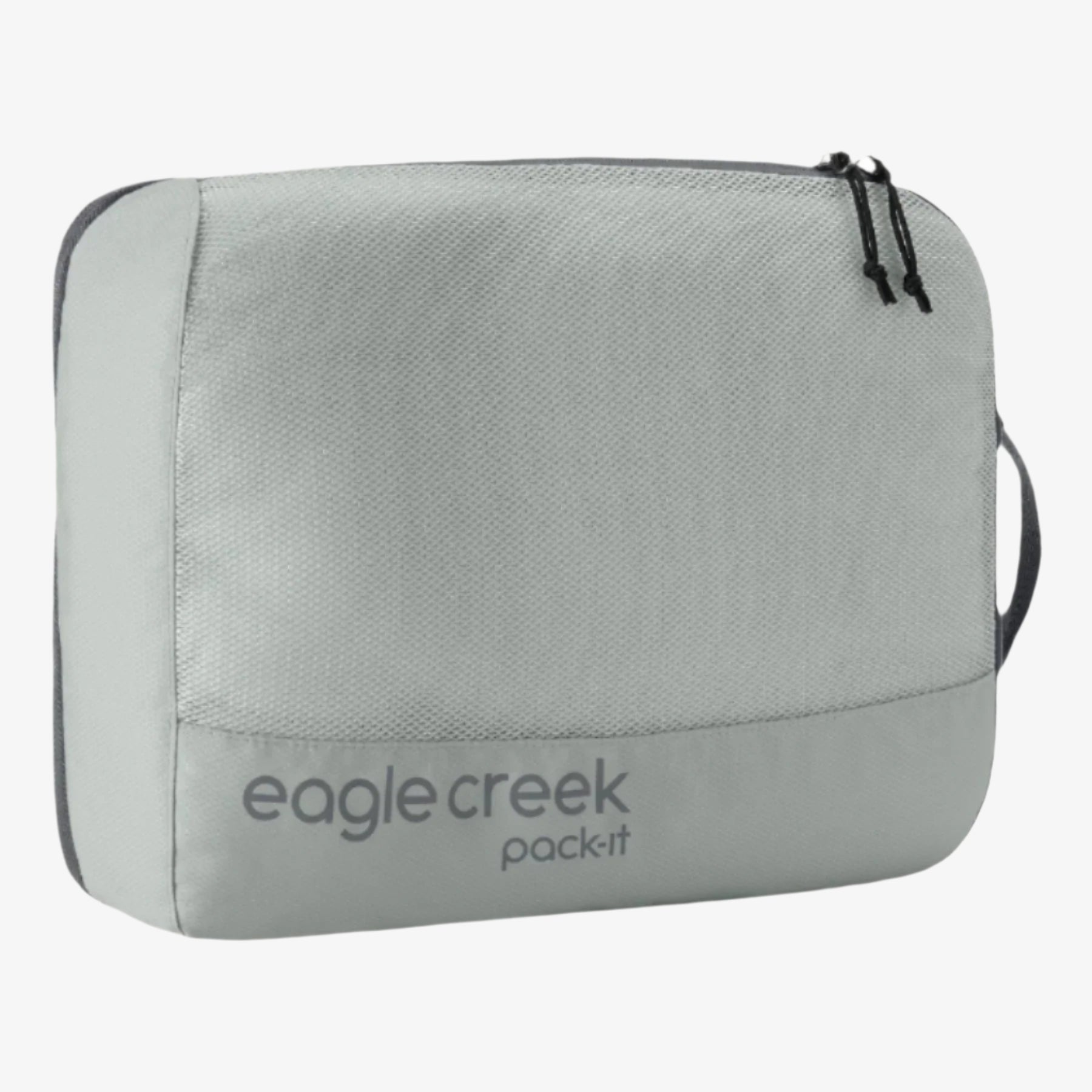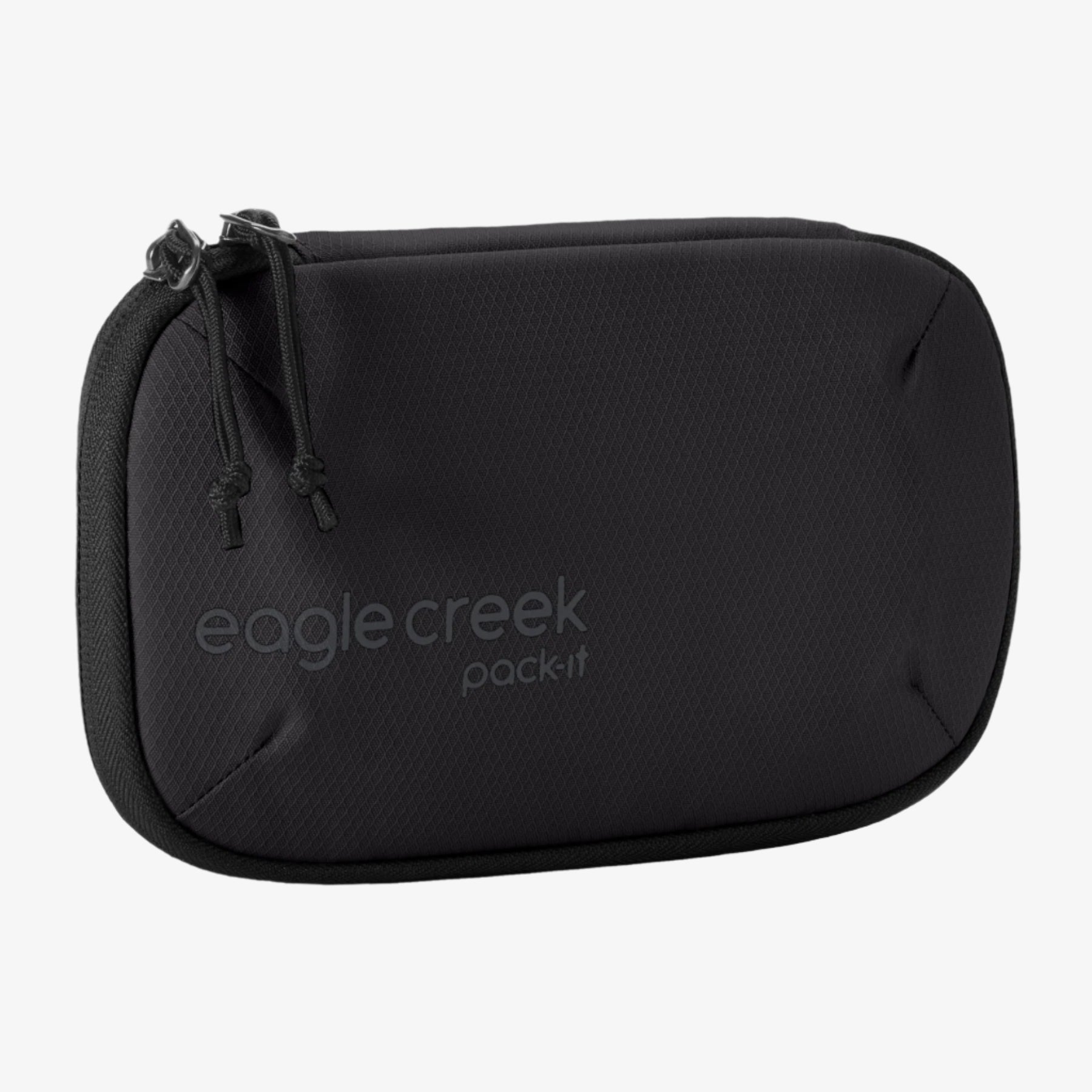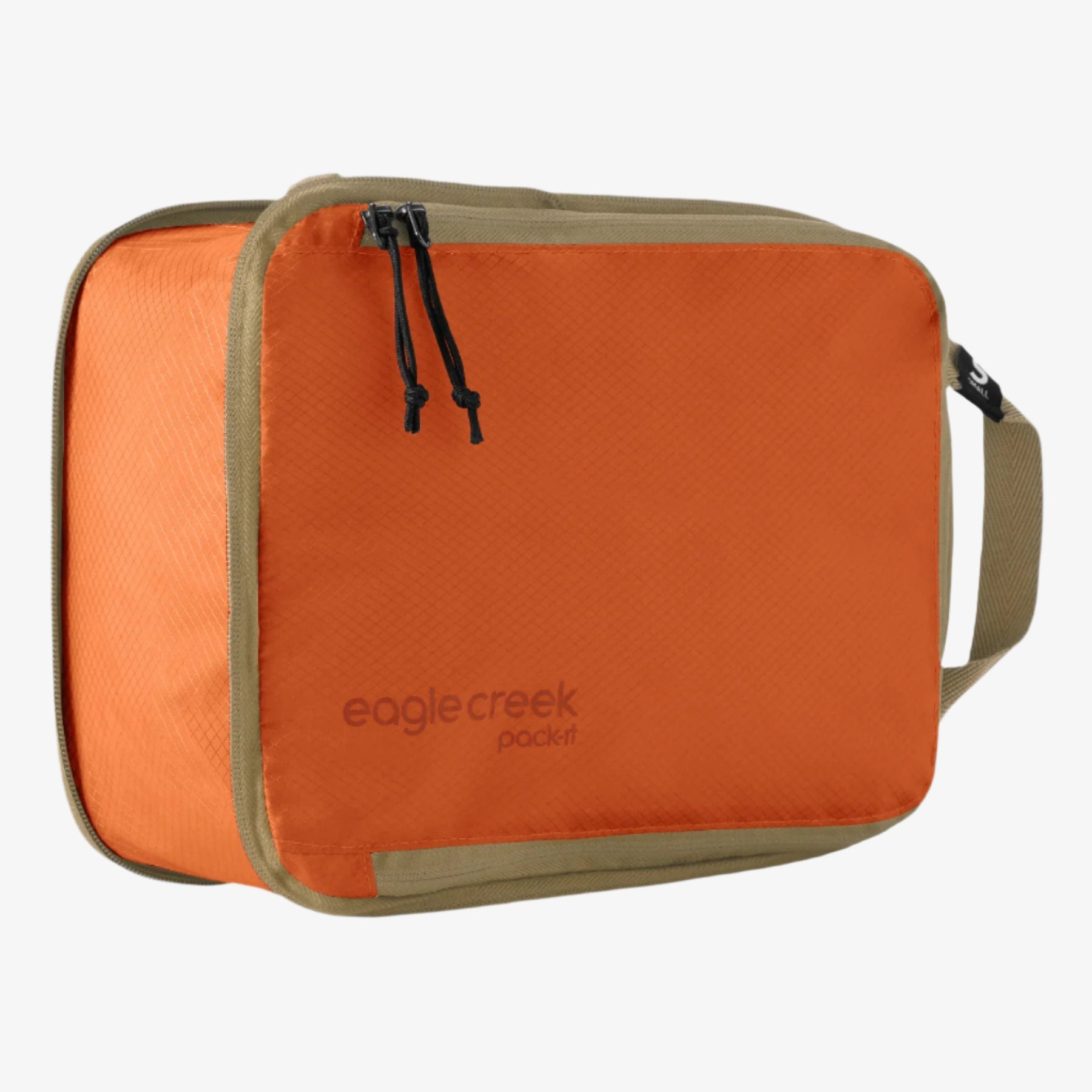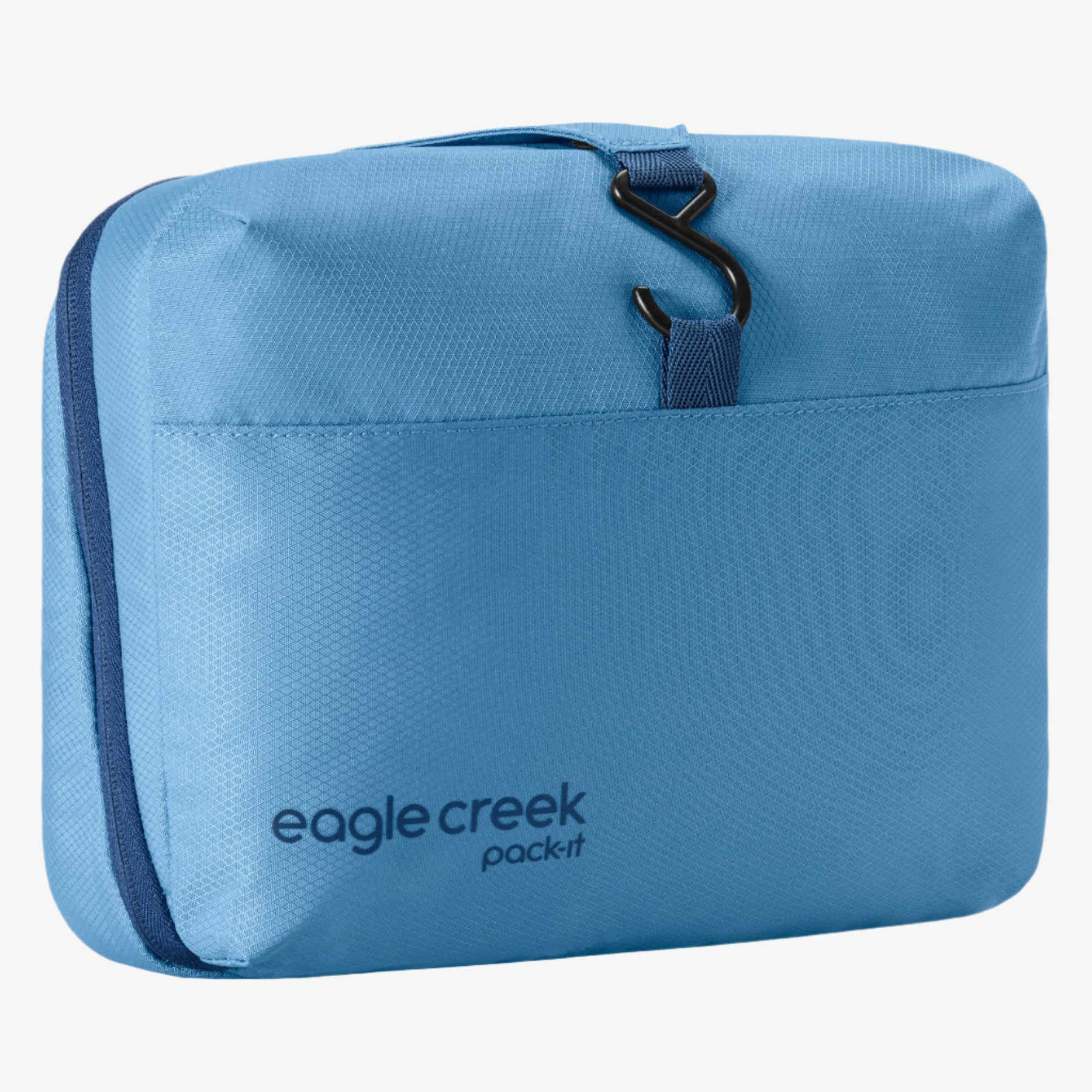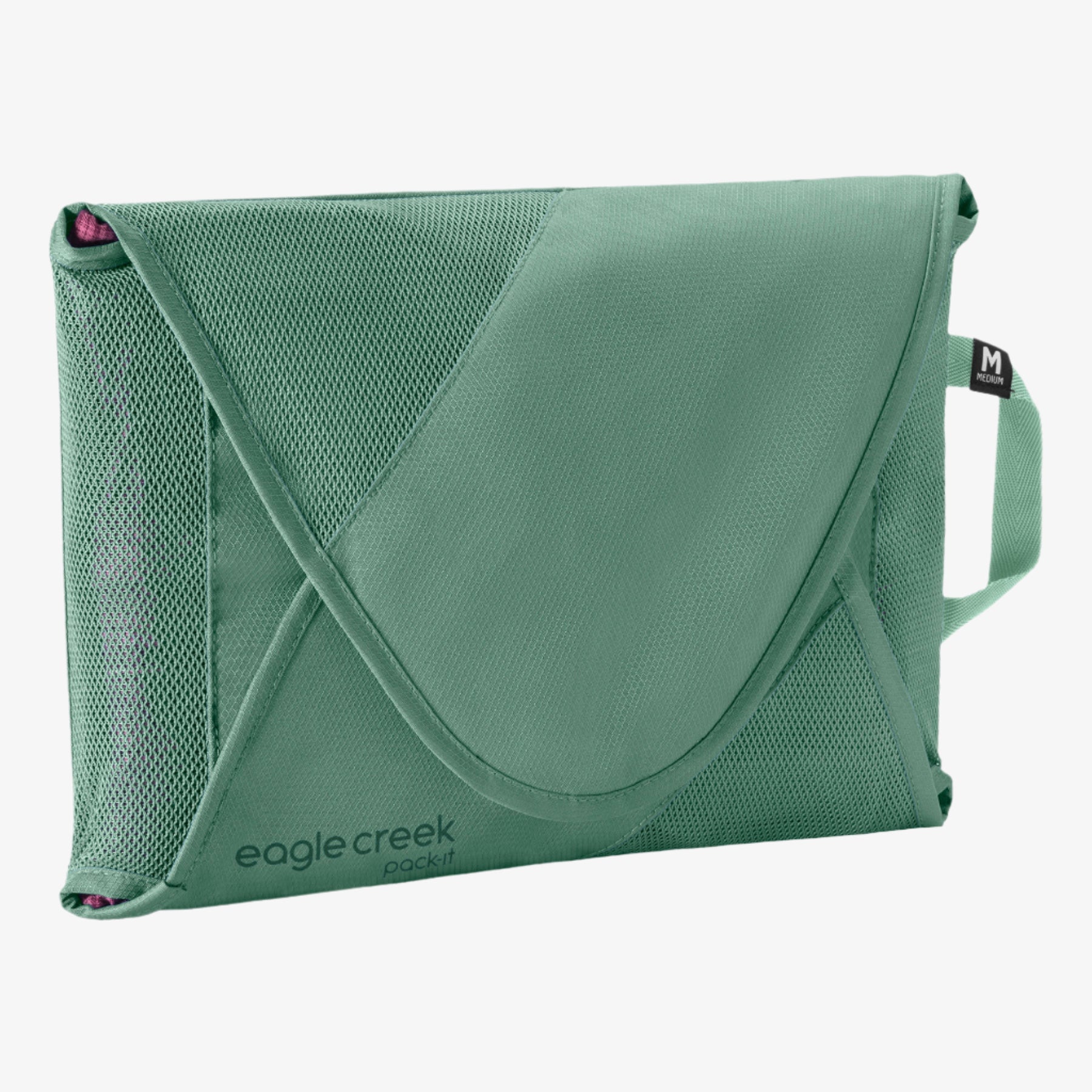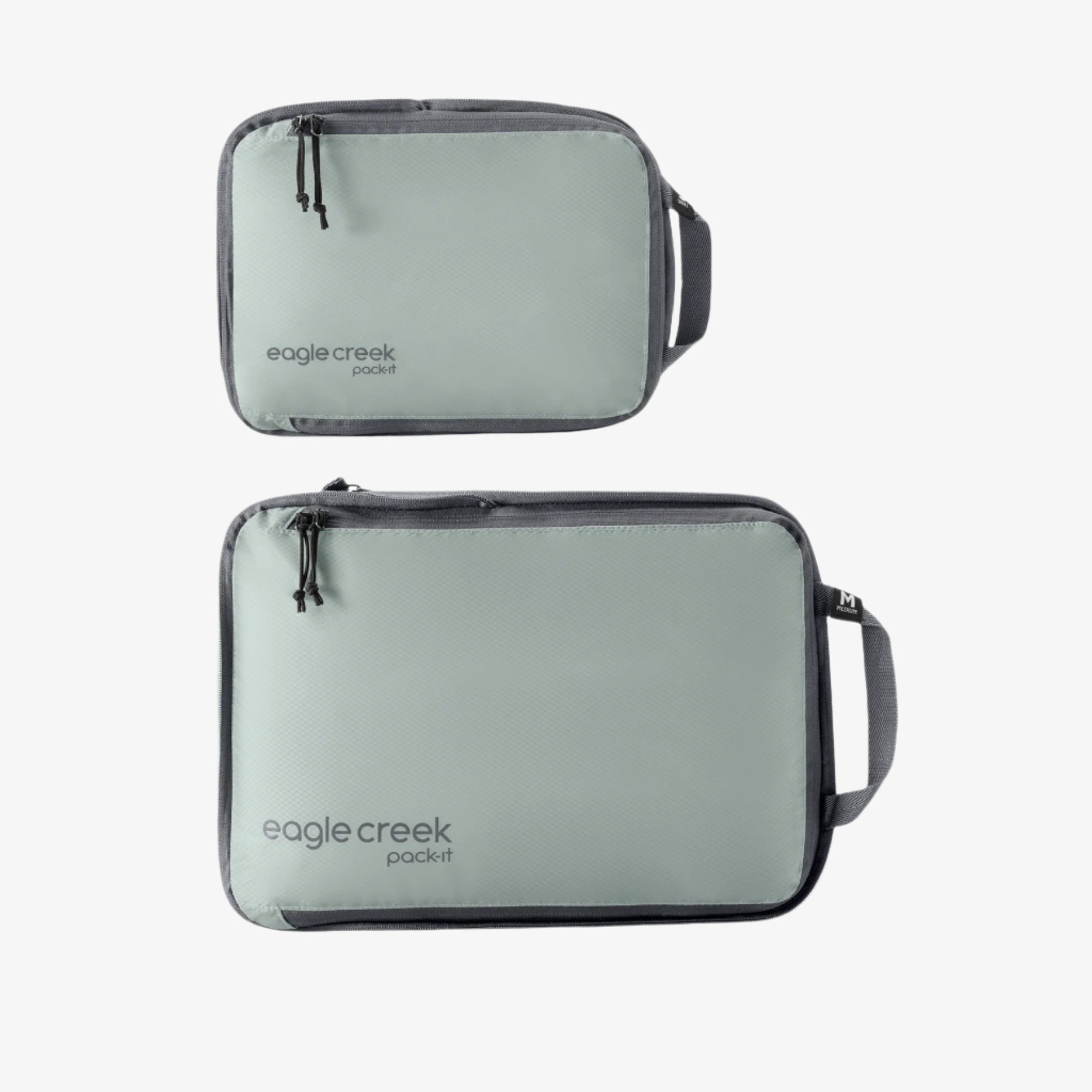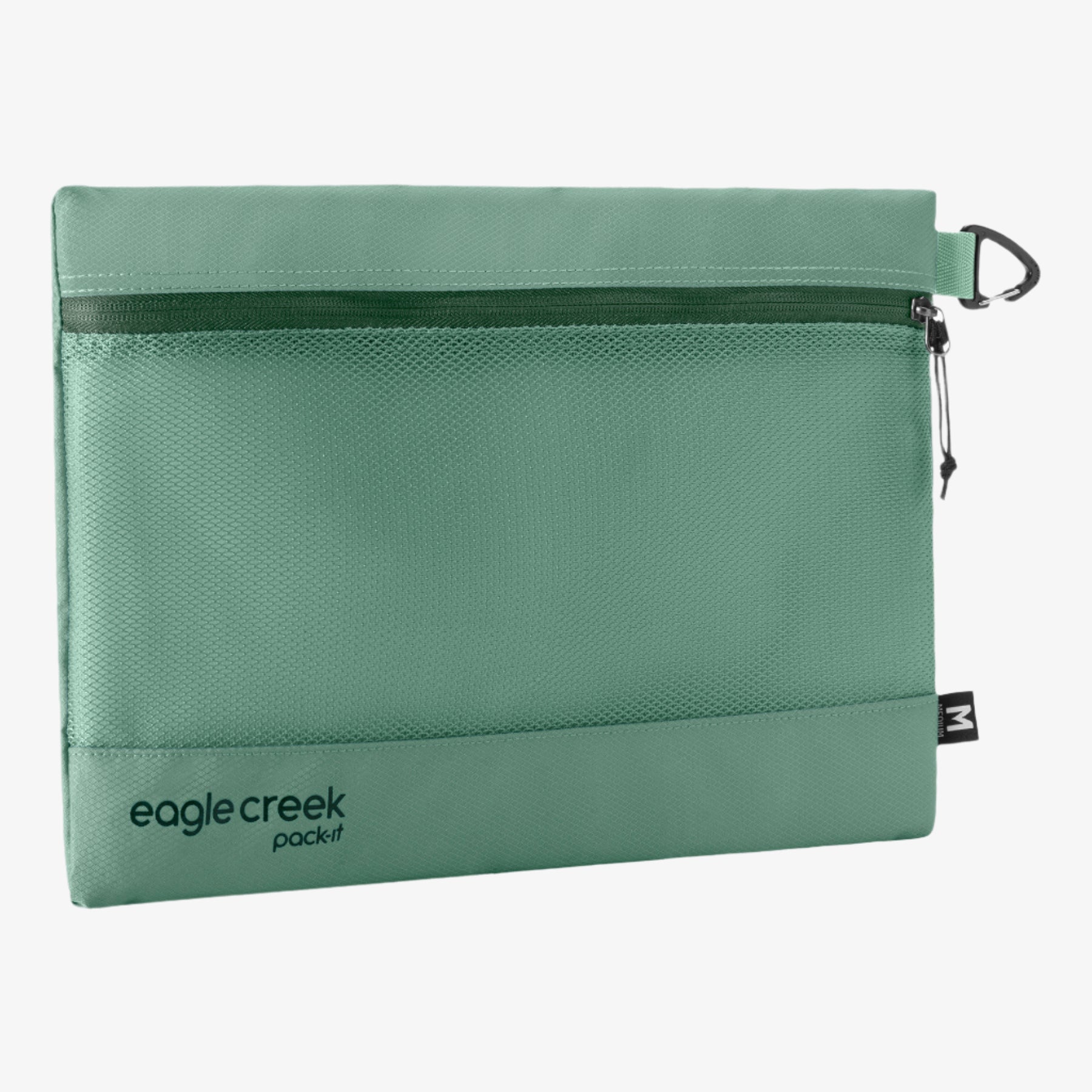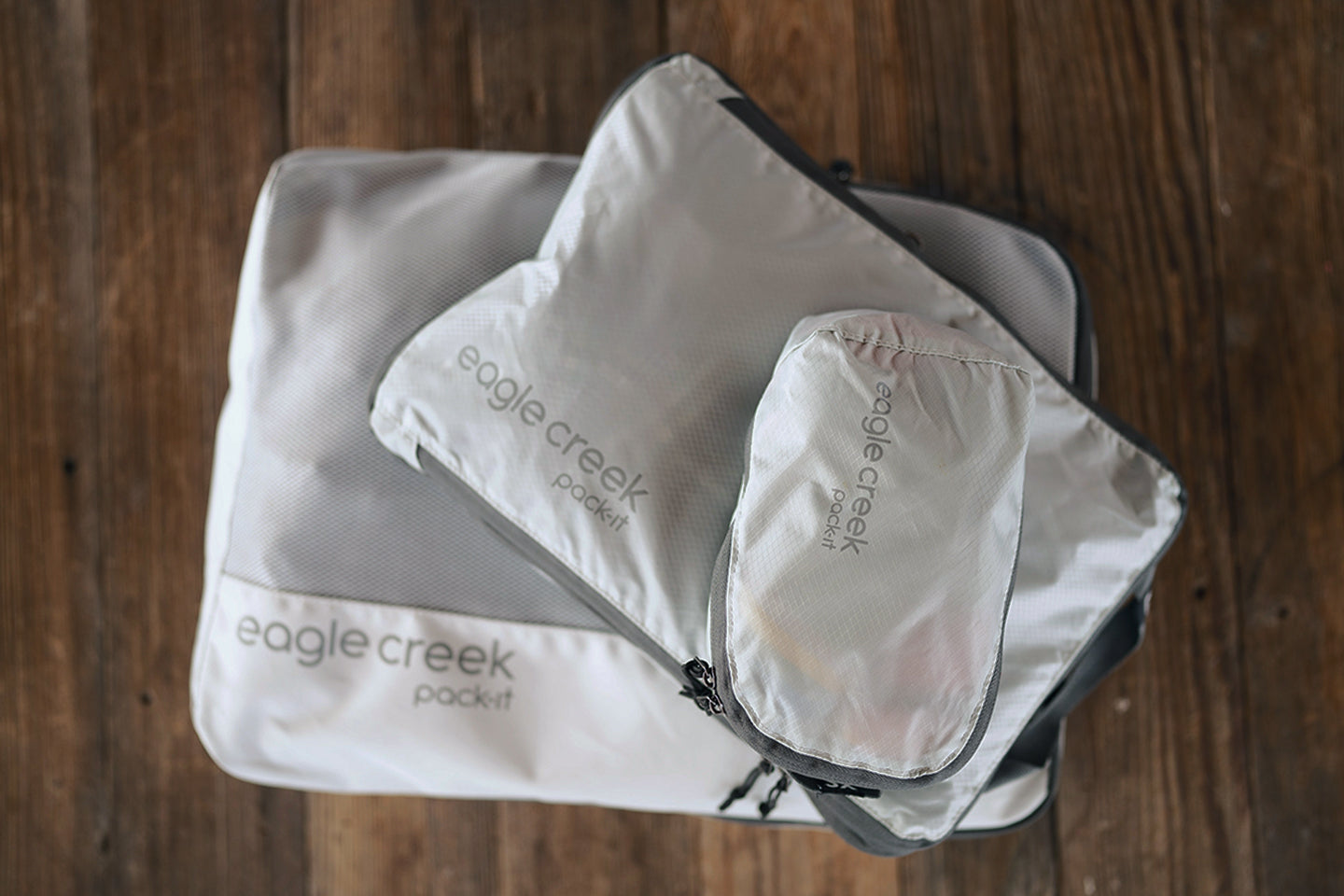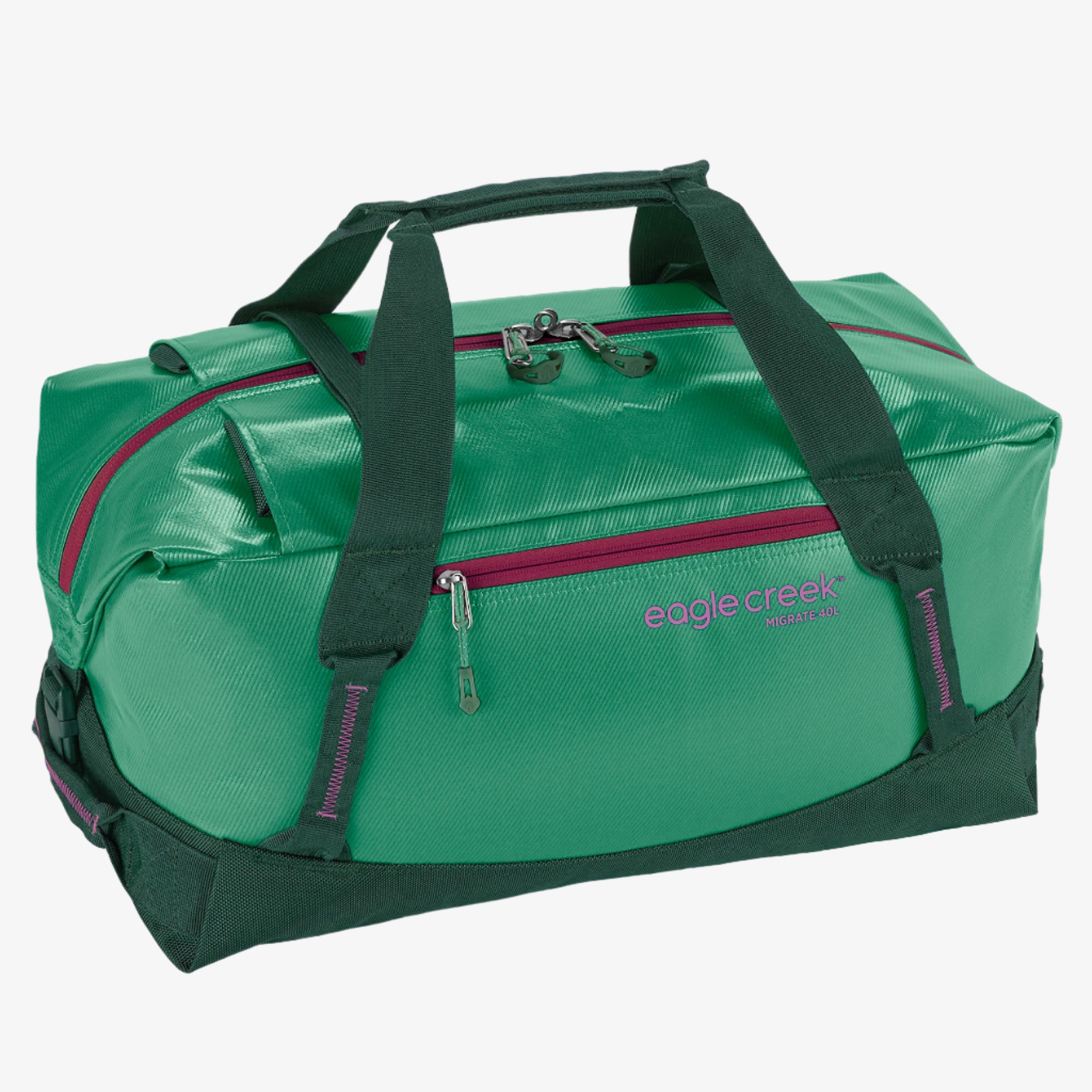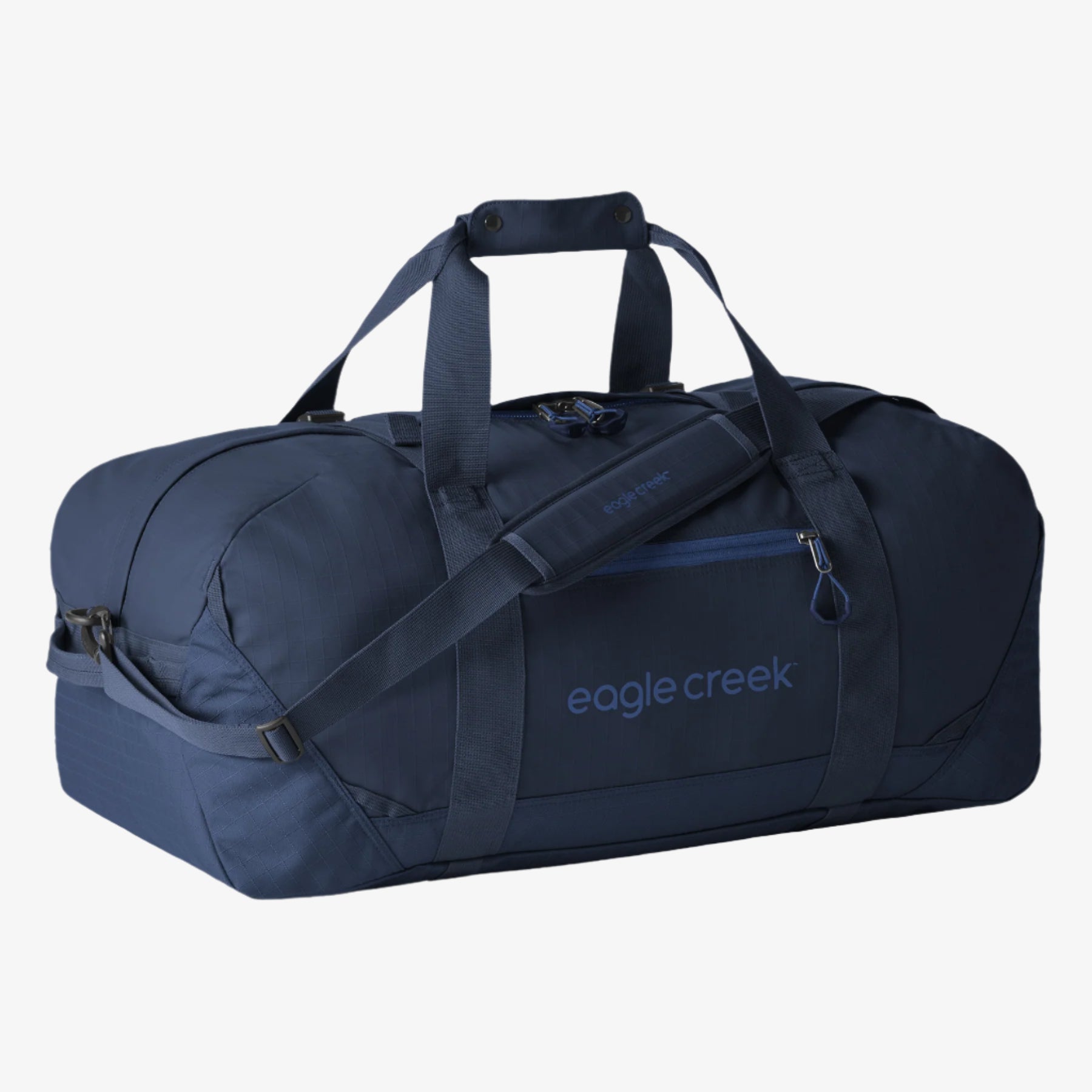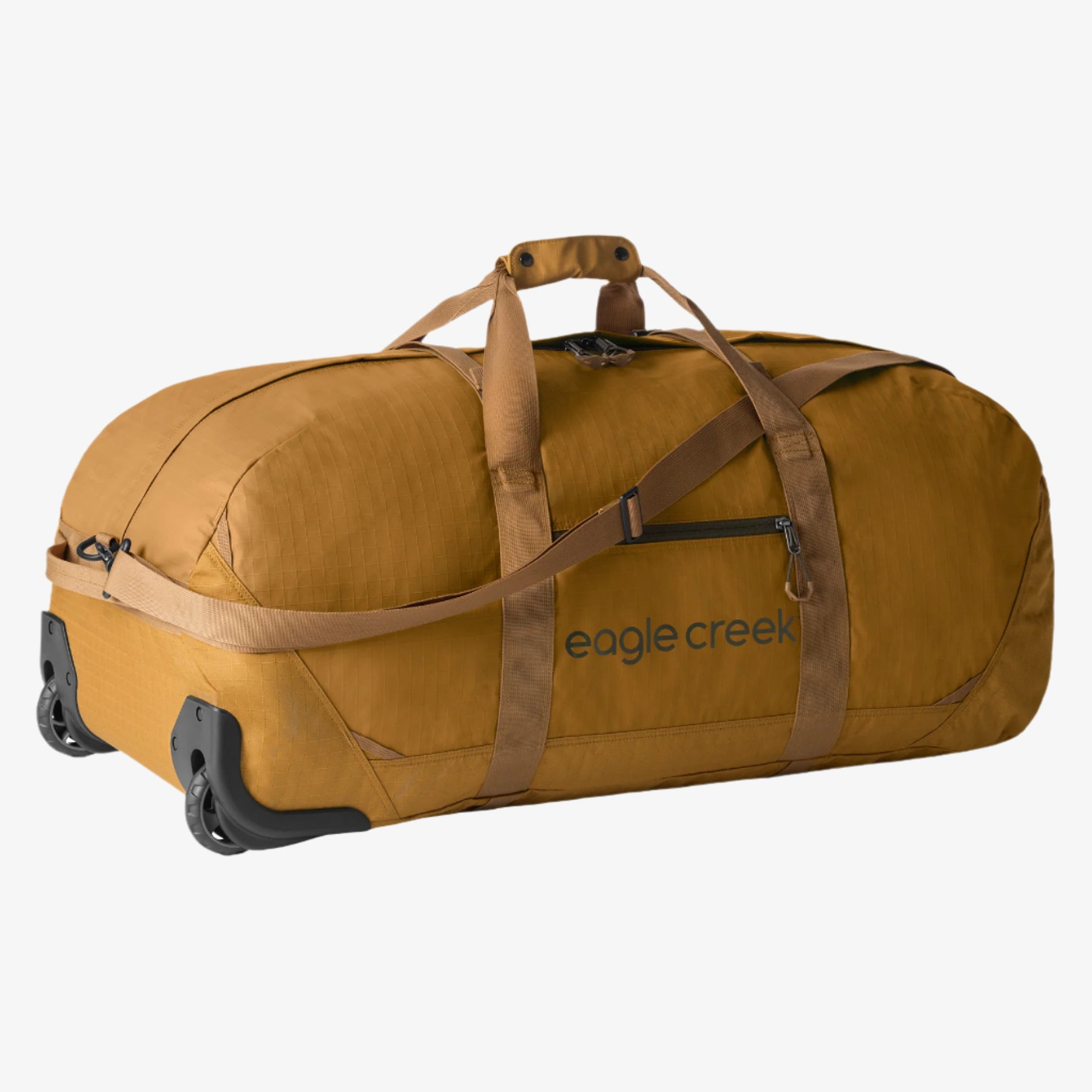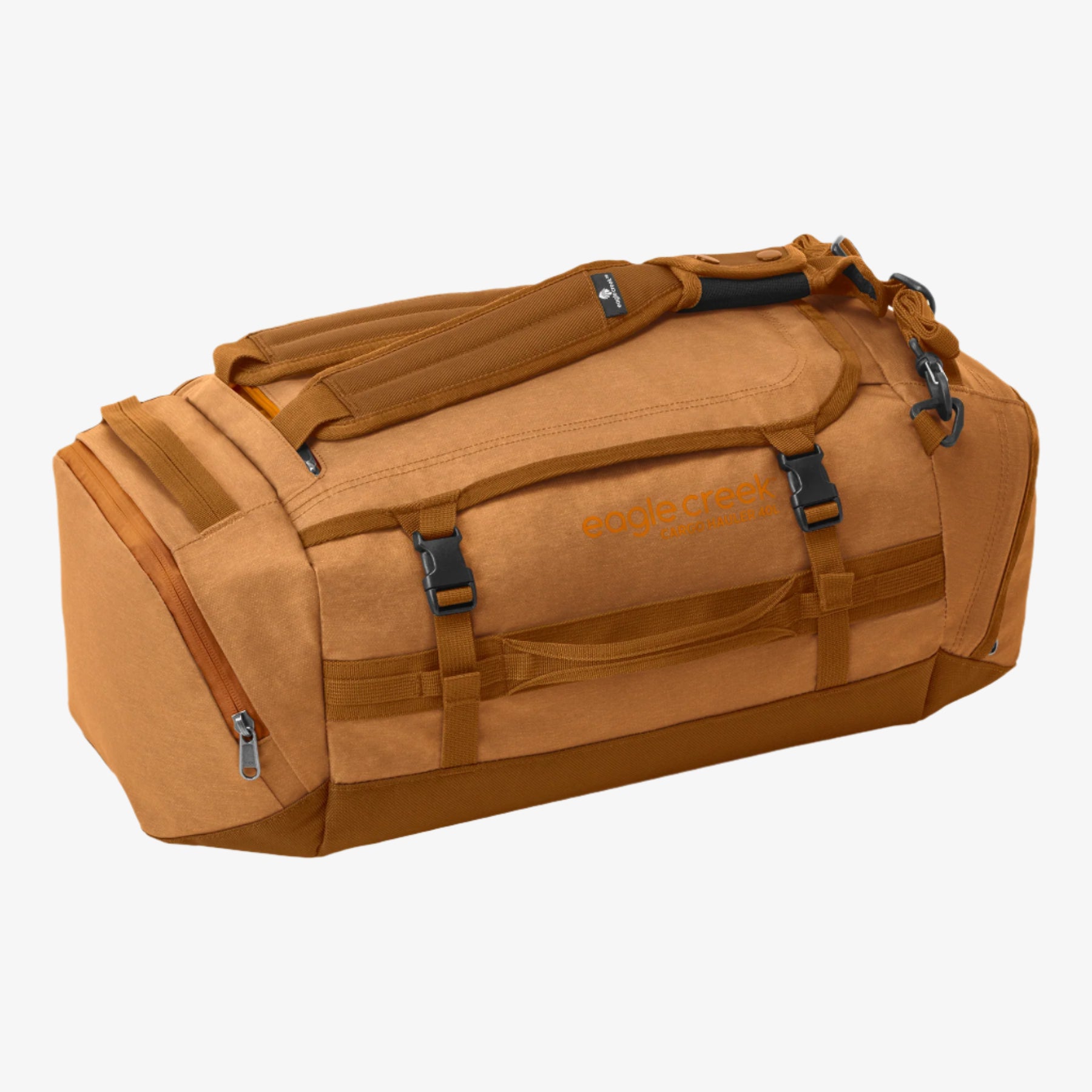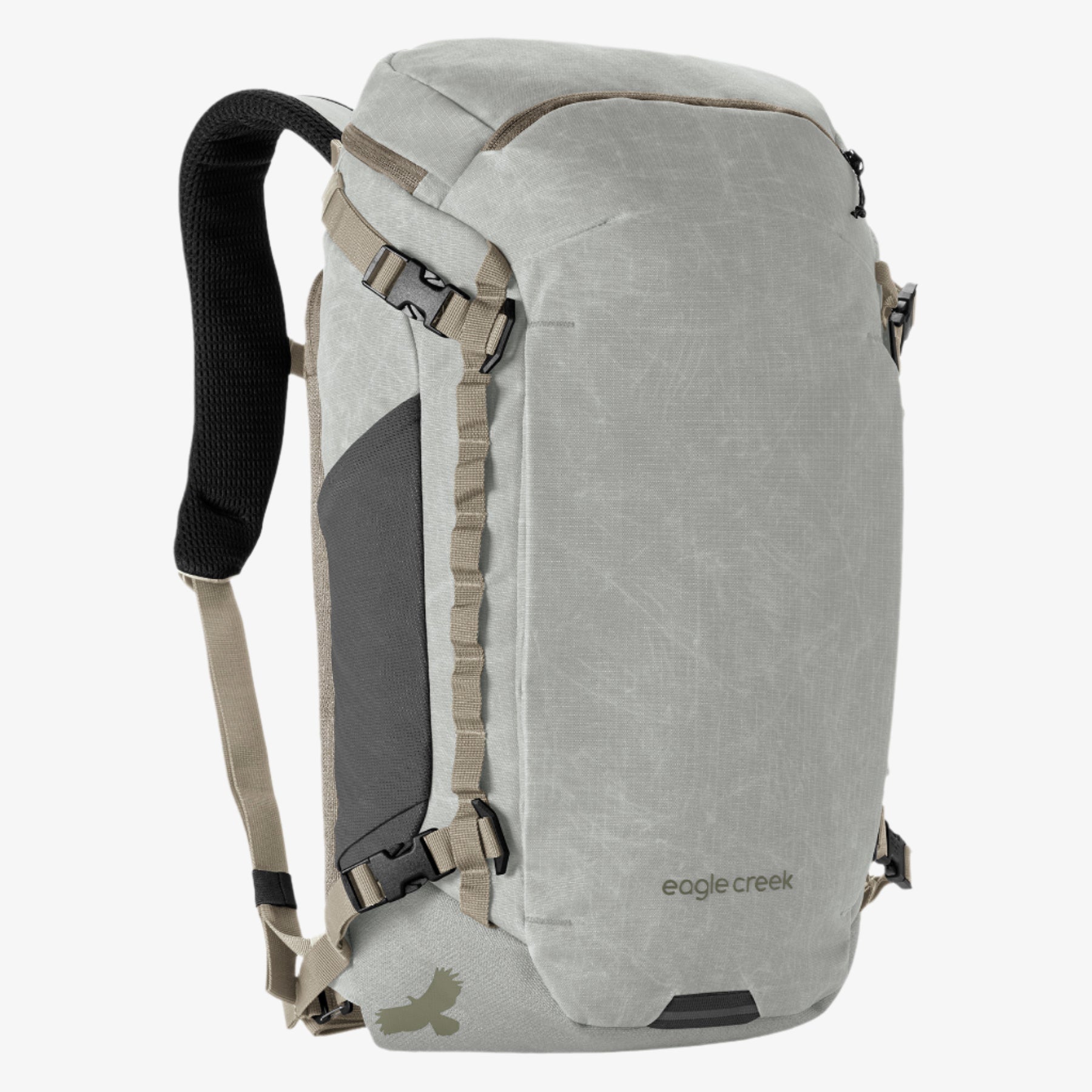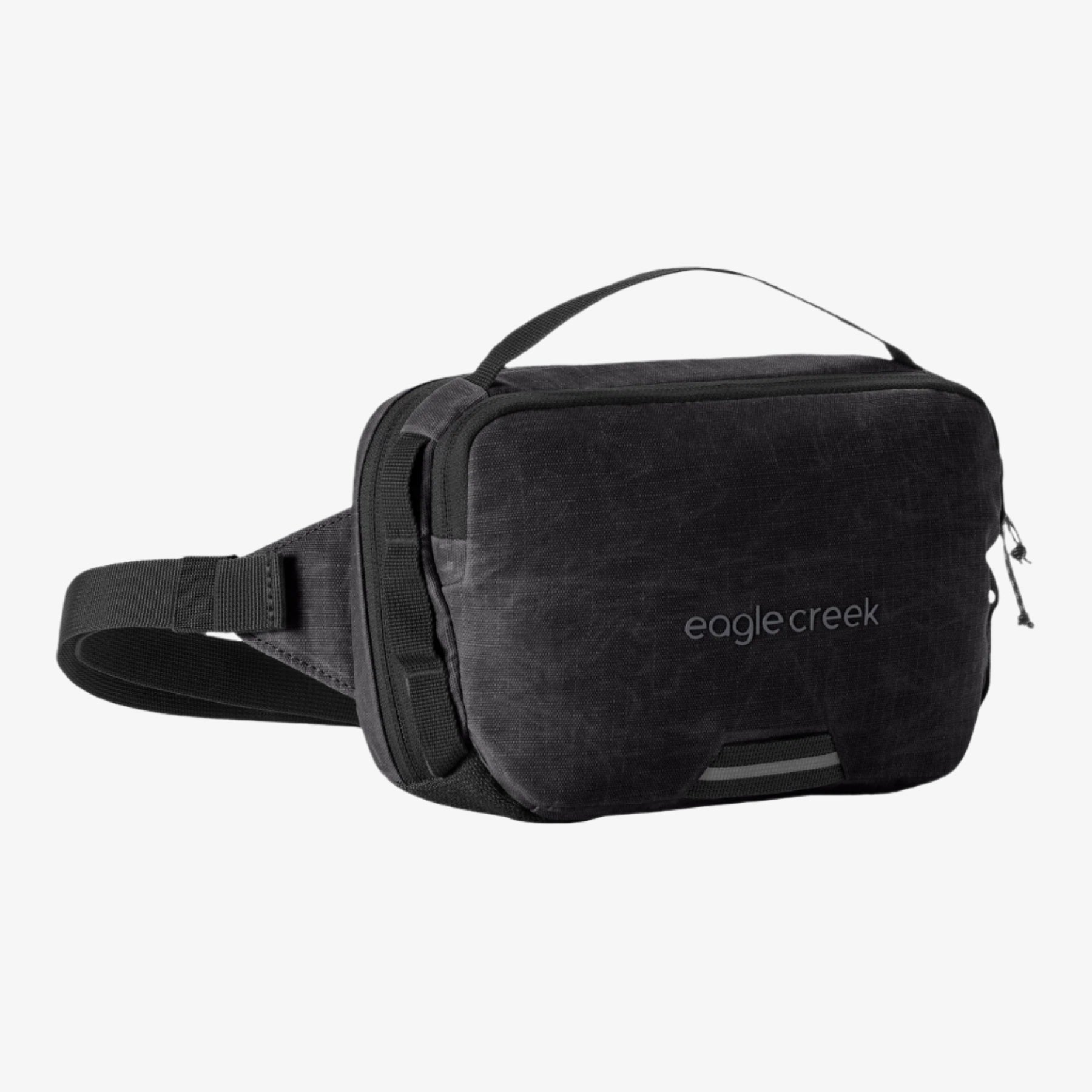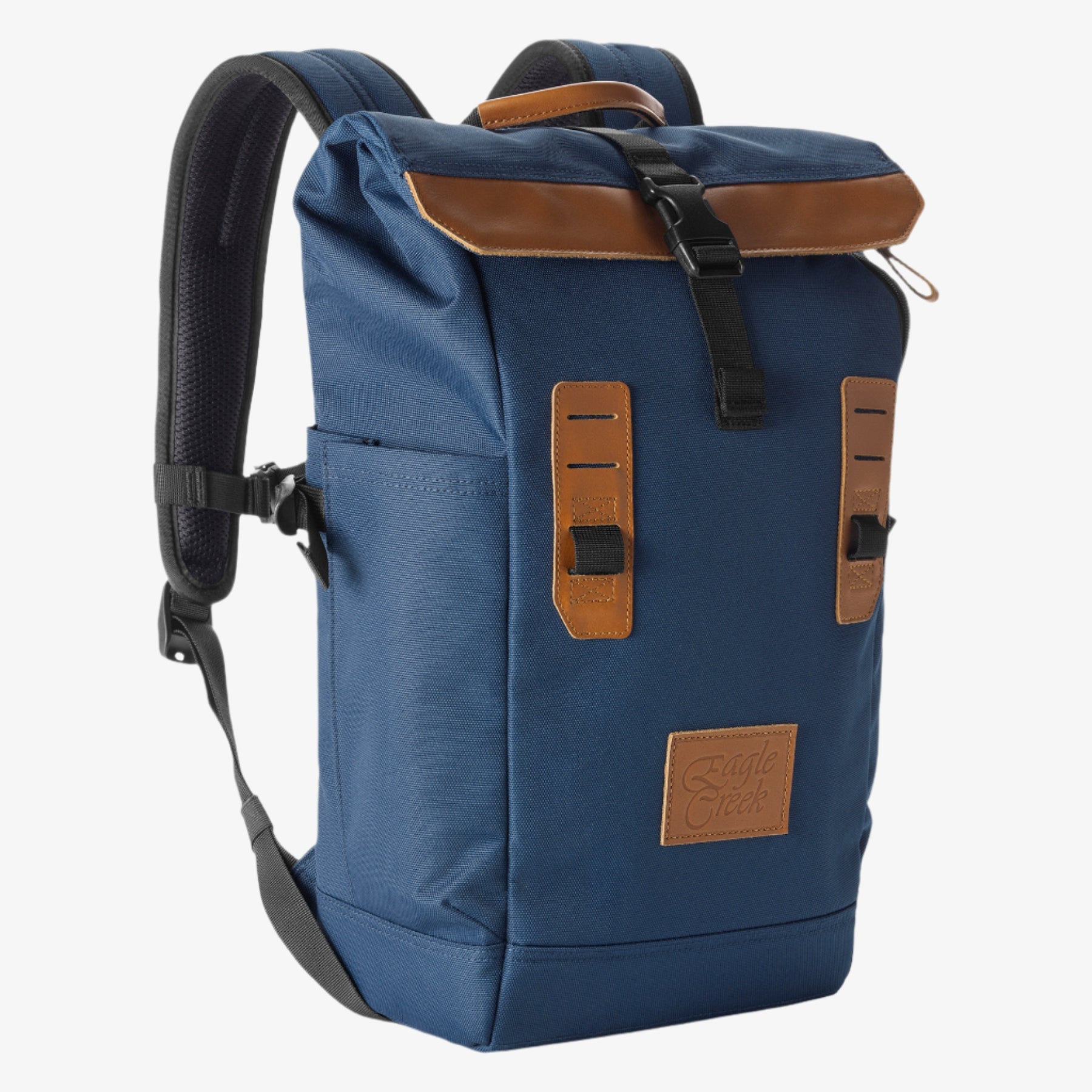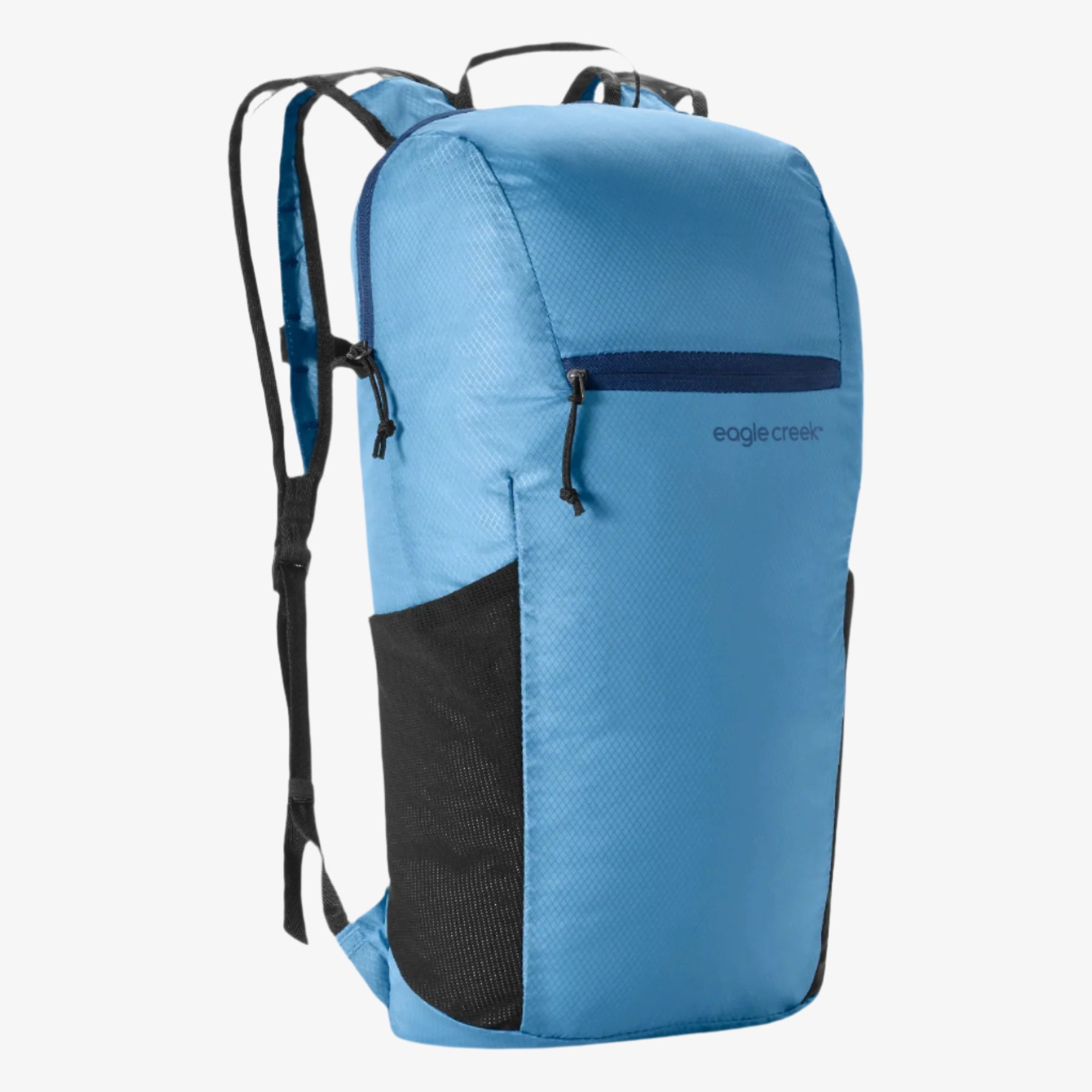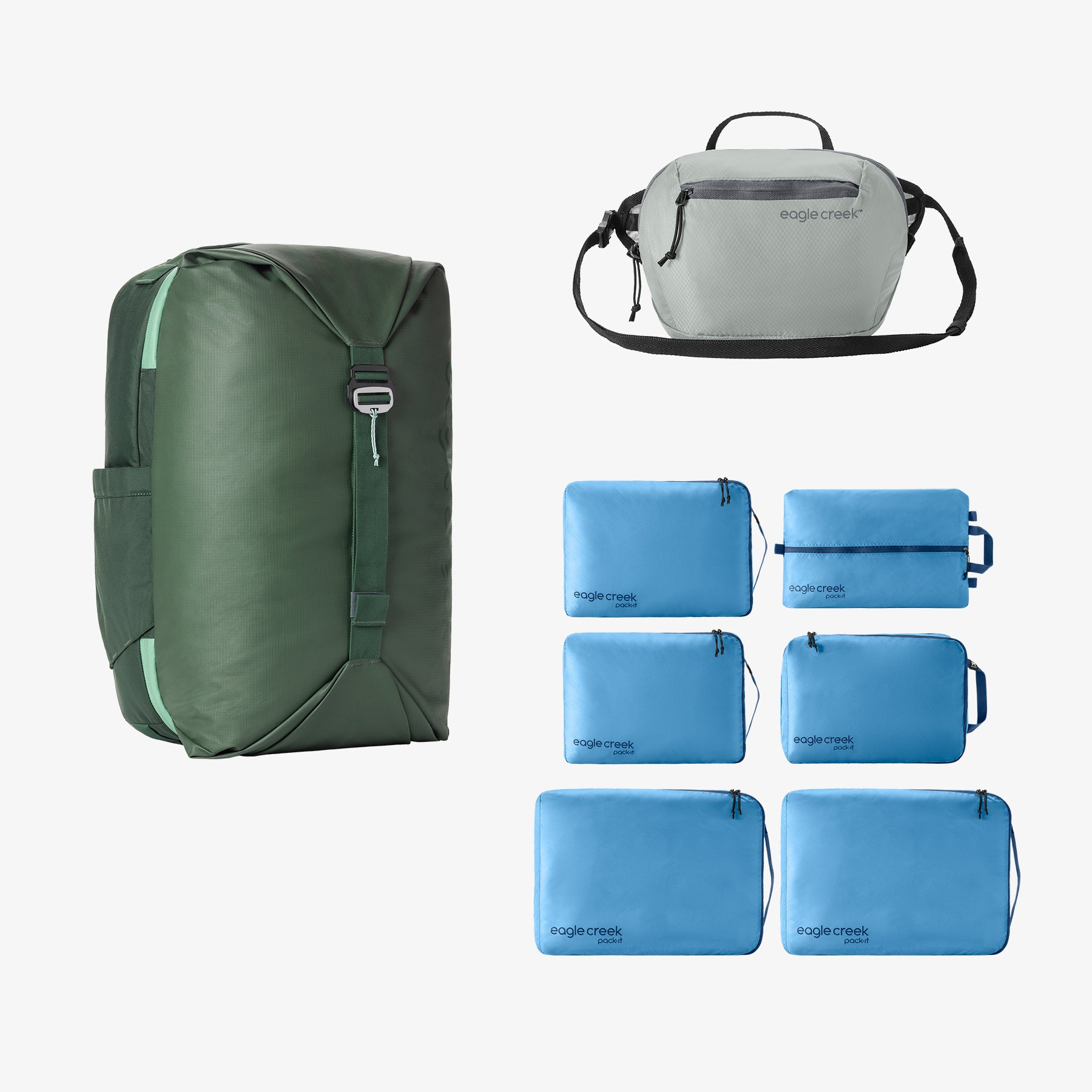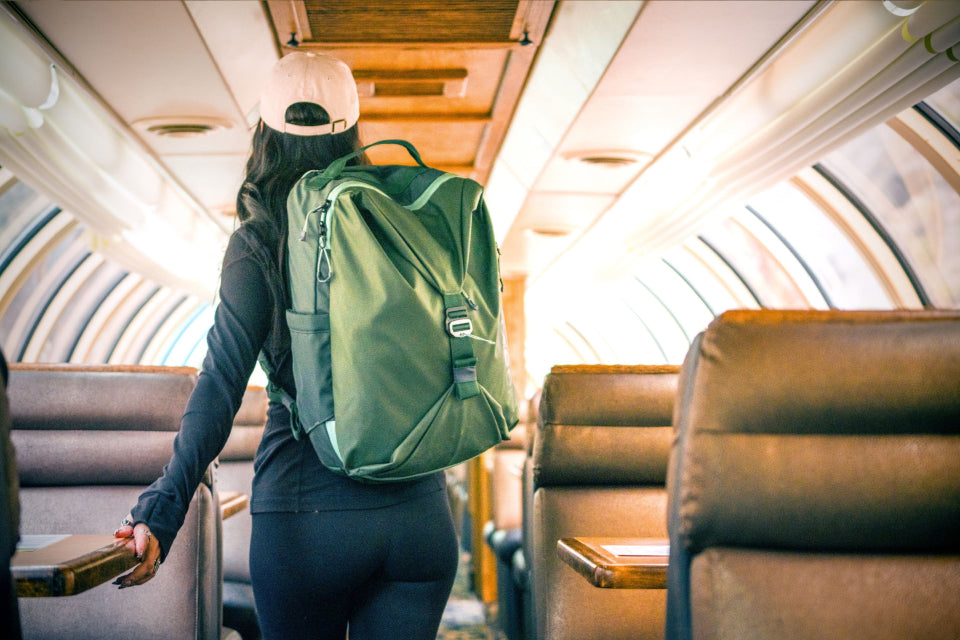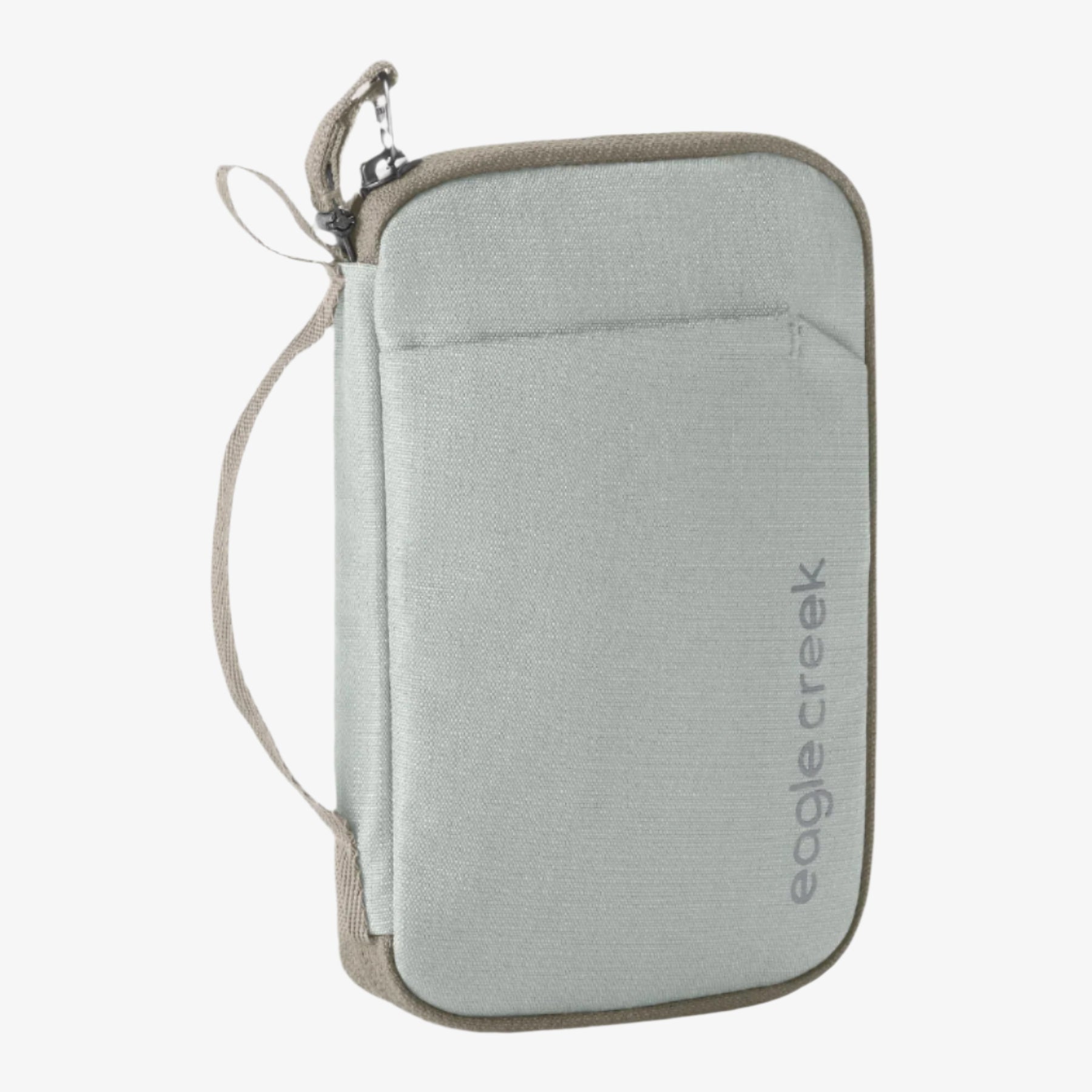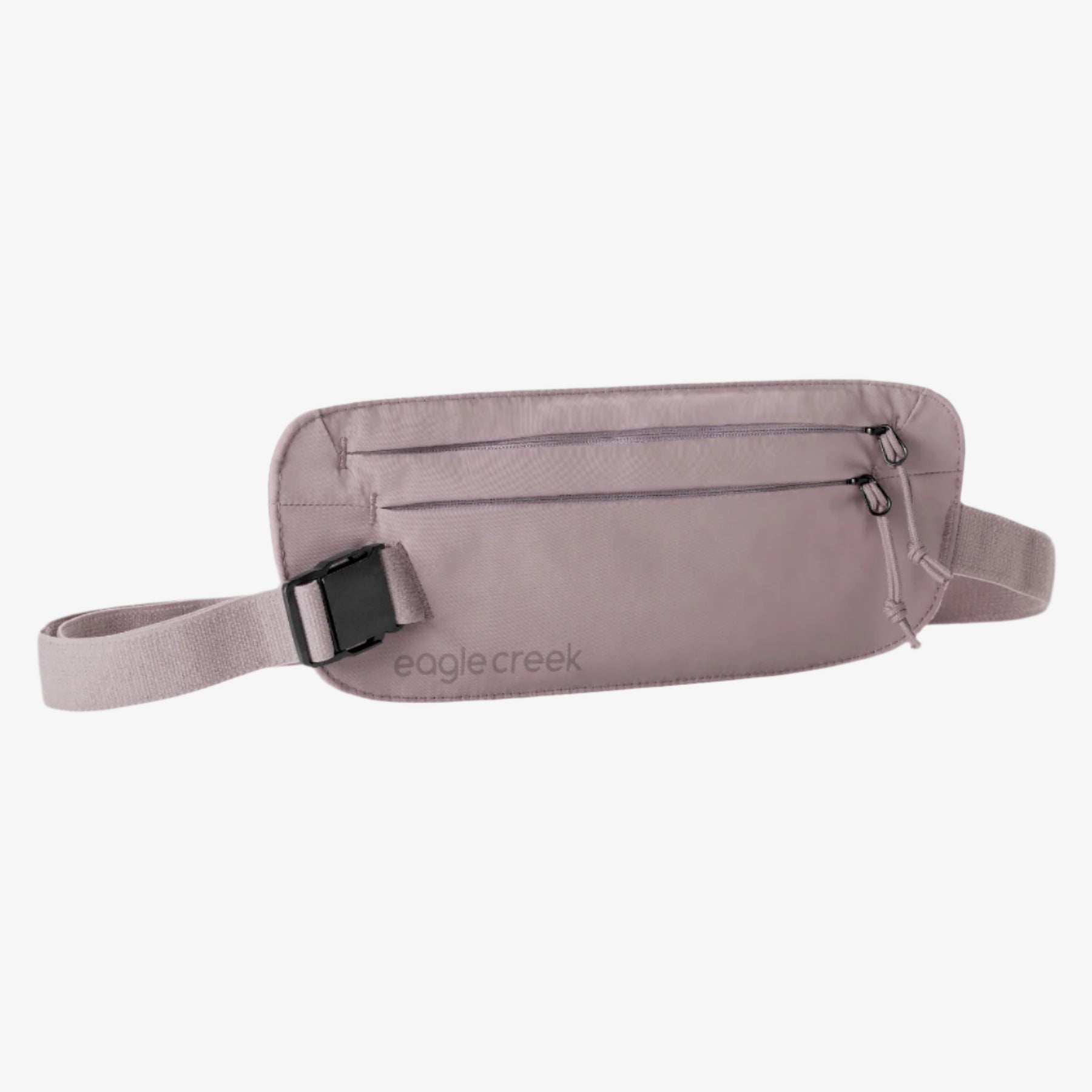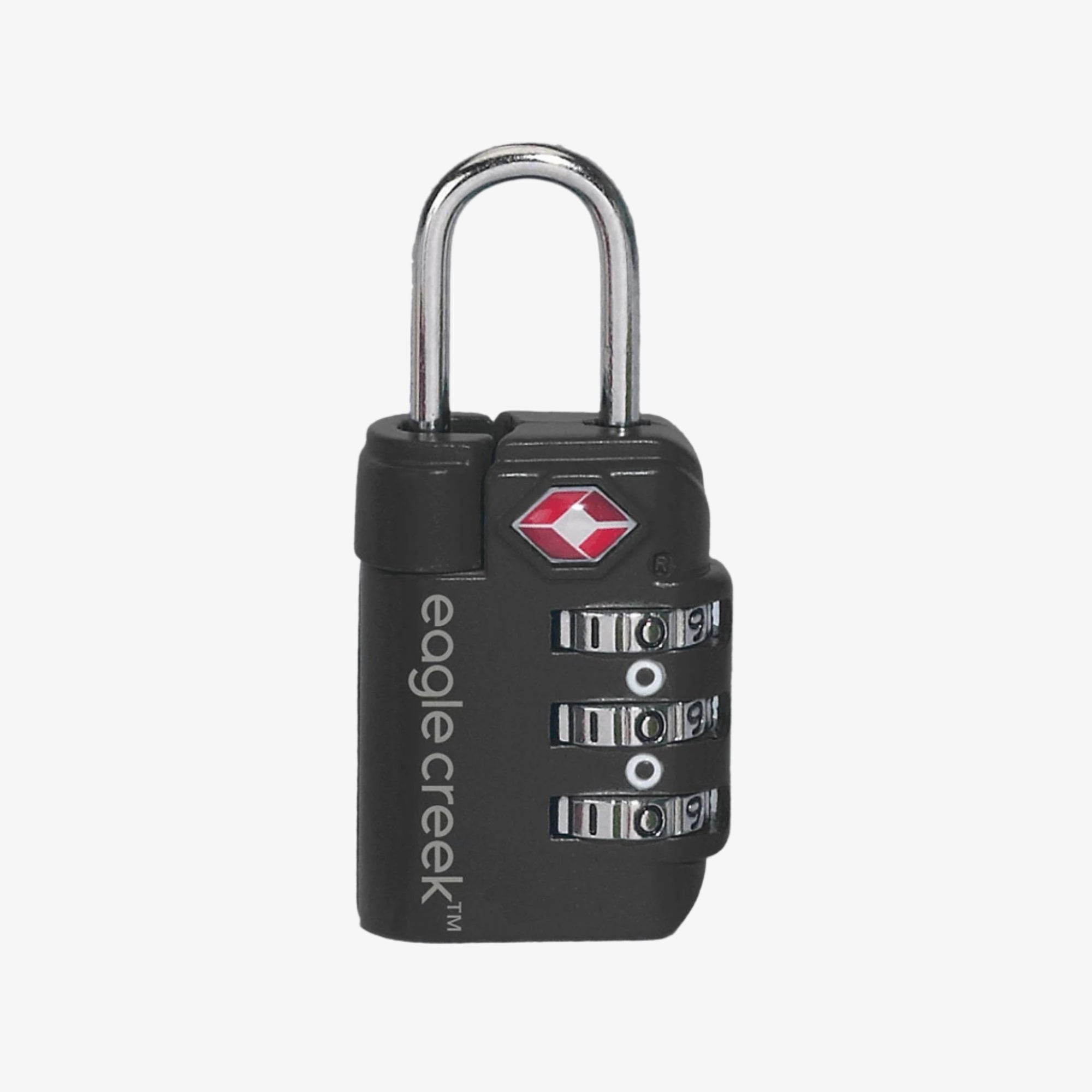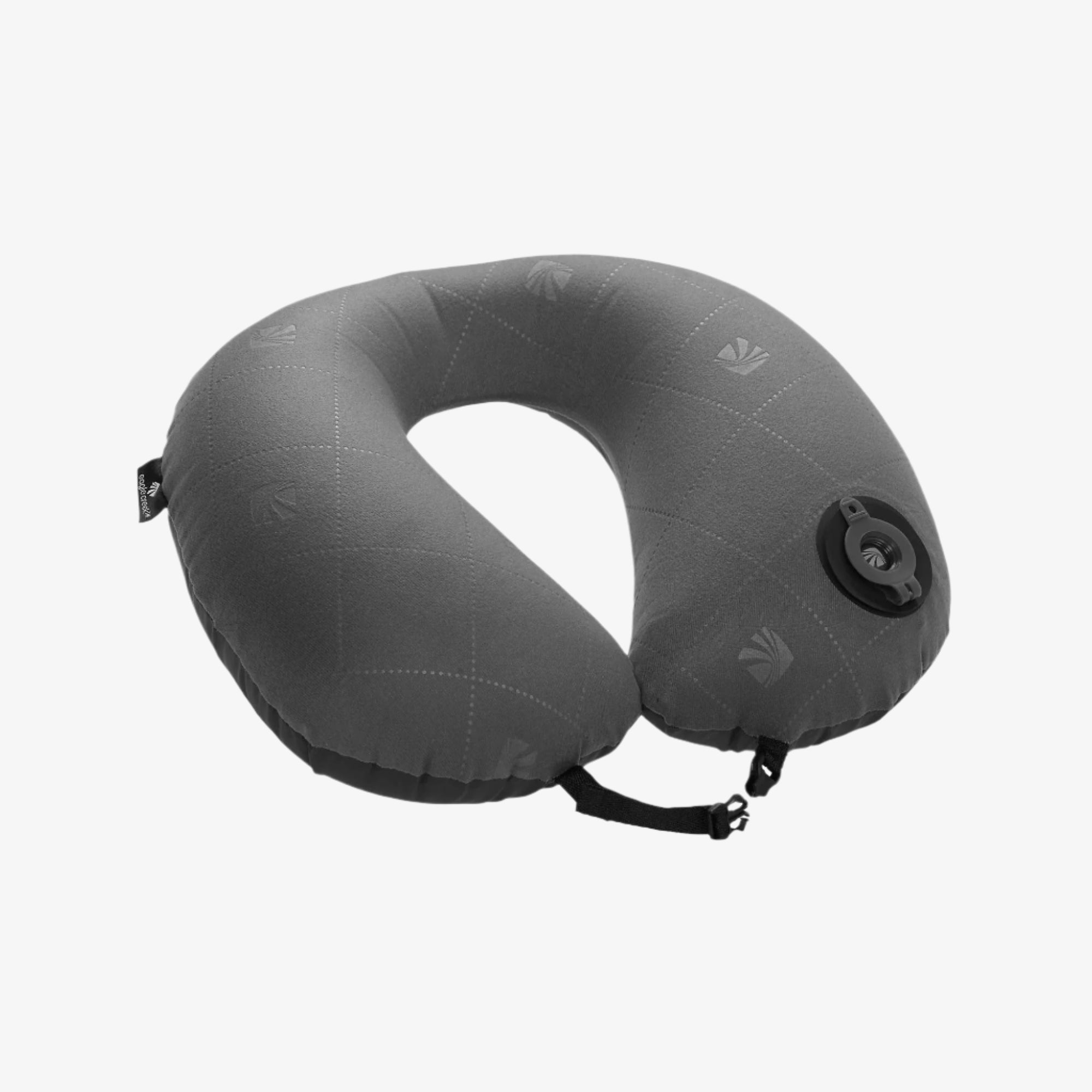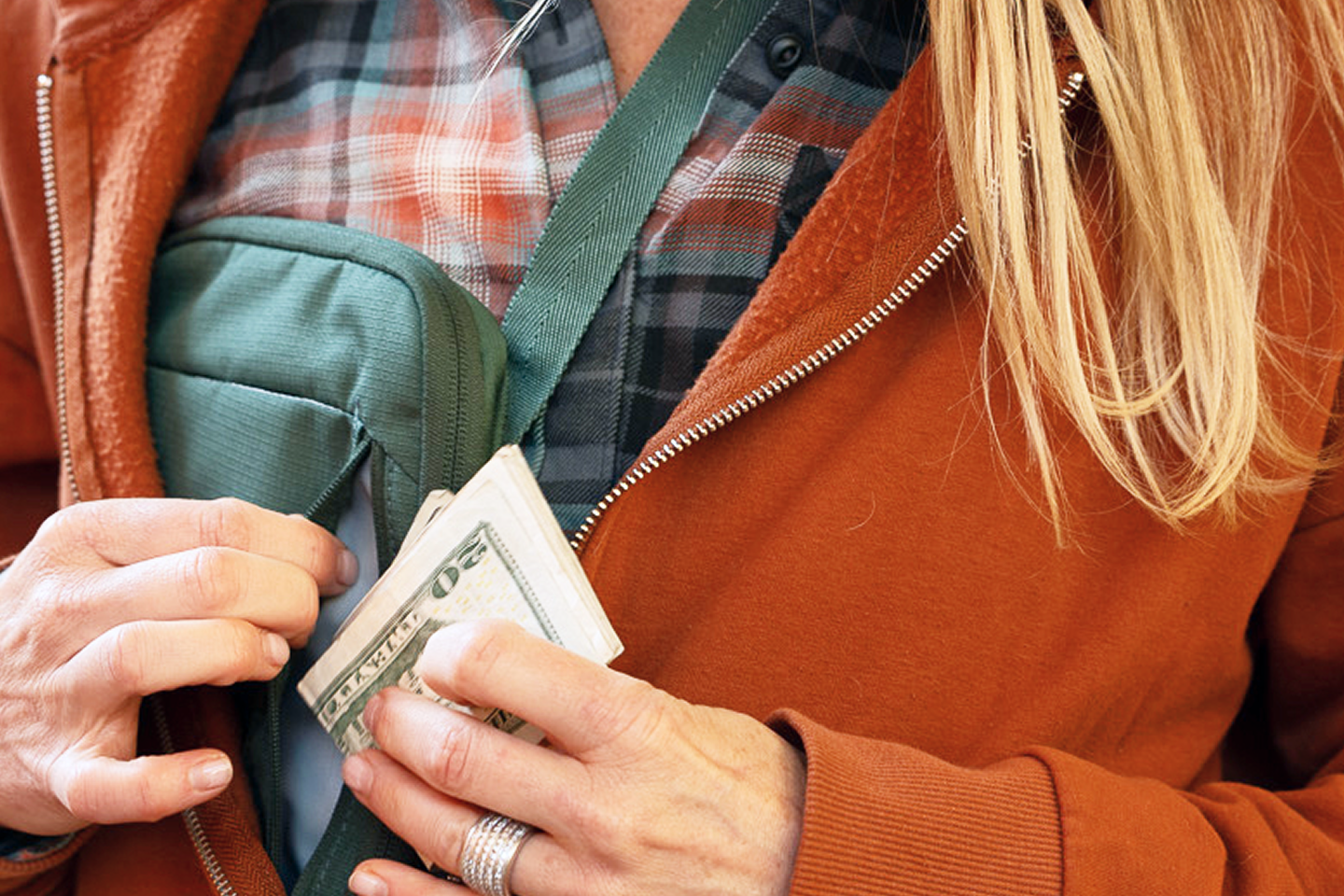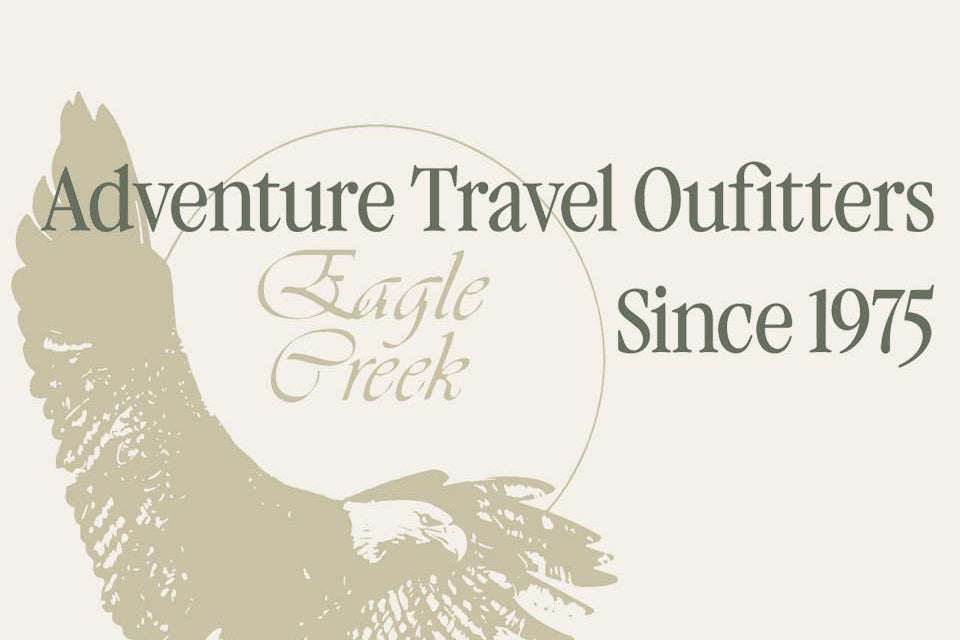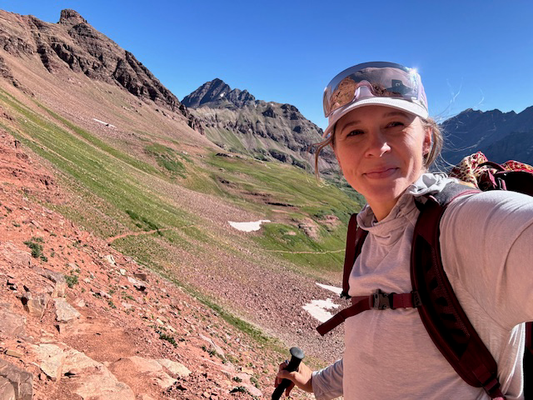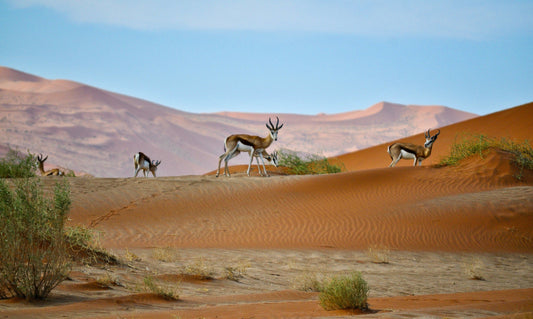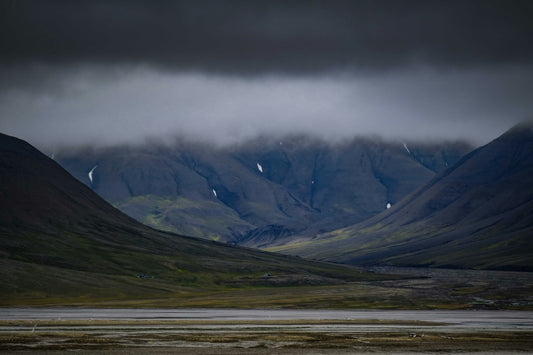
Unlike international tourist hot spots like the Amalfi Coast, southern Italy’s Apulia region is relatively unfrequented by global travelers, surprisingly affordable, and rife with ancient villages and rugged coastlines. It also offers one of the best bike trips in Italy given sprawling views of the turquoise waters of not one but three seas: the Mediterranean, Ionian and Adriatic.
Italy is one of Europe’s more underrated adventure destinations—active travelers in Italy can plan bike trips across Italy, or stick to a few key regions and explore at a slower pace. Located in Southern Italy, Apulia (a.k.a. Puglia or Salento) offers one of the best bike rides through the Italian countryside. Find out why it’s an unforgettable, off-the-beaten-path experience for adventurers of all ages, but especially for outdoor- and culture-loving budget travelers heading to Europe.
How to Plan a Self-Guided Bike Trip in Italy
Yes, it’s possible to arrange every component of the bike trip on your own! You can either rent or bring your own bike, then you’ll need to research which beautiful towns you want to visit, and the most scenic, interesting, bike-friendly routes to reach them.
Once you have a bike route, nail down a decent hotel in those places, and then pack lightly enough that you can haul your belongings with you on the bike—you’ll need to pack a combination of things for Italy and things for a biking trip.
Or, you can allow local experts to do all of this for you and simply focus on booking your flights to get there and back.
In Italy, my spouse and I always go with bike tour outfitter Girolibero, which offers guided and self-guided trips throughout Europe, including five or seven-day trips through Apulia. The trips include bike rental, hotel bookings, transfers (you simply leave your suitcase in the lobby of each hotel every morning and it will be waiting for you at your daily destination), plus thoughtfully planned bike routes with map, panniers, turn-by-turn directions, and a guidebook of the area that highlights cultural and landscape features along the way, as well as restaurant, museum, and shopping recommendations.
Getting there: There are two small airports in Apulia—located in Bari and Brindisi—both of which offer flights to and from numerous major European cities. We flew from Paris to Brindisi in May, arriving for the quiet, peaceful period before Apulia becomes packed with (mostly Italian) tourists from June through August.
Best Spots to Explore by Bike in Southern Italy
Our four days of biking through Italy took us in a circle around the southernmost region of Apulia (which, if you imagine the boot shape of Italy, is located in the lowest heel of the boot).
Including detours, we pedaled our bikes between 35 and 40 miles each day.
Day 1: Lecce, Nardo, and Gallipoli
We began our bike trip in the city of Lecce, the largest metropolitan area we visited with a population of around 800,000 and a stunning old town center with fantastic shopping, museums, a large selection of restaurants (simple but delicious pizzas, pastas and fresh fish), and elaborate squares, churches and edifices. Some edifices, like the Roman Amphitheater, date back to the first century A.D.
From Lecce, once we navigated our way out of the chaos of the city, we found ourselves alone on paved country roads, winding through olive orchards and crop fields through the sizable town of Nardo and its Renaissance castle, palace, and fountains until we descended a hill and the crystalline waters of the Ionian Sea unfolded ahead.
We pedaled along the Ionian Sea’s serene but rugged coastline to the ancient city of Gallipoli. Dating back to before the arrival of the Romans, the most beautiful part of this historic place is the wall-enclosed old town jutting out into the sea from the end of the peninsula. Here, you walk through deep, narrow, cobblestone-lined streets that form a Venice-like labyrinth to markets and squares throughout the center.
Day 2: Gallipoli, La Spiaggia del Maldivo, and Santa Maria di Leuca
From Gallipoli, we continued south down the coast, passing numerous stone Saracen watchtowers designed to keep an eye on (or counter attack) pirates in the 16thtthe century, and stopping for a swim in the turquoise waters of La Spiaggia del Maldivo, Salento’s version of a Maldivian beach.
Our bike ride took us past a series of ancient caves and cliffs, all flecked with rampantly growing wild fennel and green onions, and we finished in Santa Maria di Leuca, a coastal, beach, and harbor-lined town in the southernmost tip of Italy’s heel. This harbor town is characterized by a mix of interesting architecture, from its famous 300-foot-tall white lighthouse to pink Neo-Gothic palaces, and the ruins of wooden Victorian bathing huts.
Day 3: Santa Maria di Leuca and Otranto
From Santa Maria di Leuca, our bike ride involved a day of climbing and descending. First we passed a 2,000-year-old sanctuary on a hilltop, then we rode across Ciolo, a sprawling bridge high above a narrow canyon, and up and down white stone-lined cliffs above the turquoise sea, the roadway lined with red poppies, prickly pear, and fig trees.
We made a quick detour from out planned biking route to see the magical, 800-year-old “Oak of The Hundred Knights” and its enormous canopy of branches. Then we pedaled across the eastern most point of Italy, where the Ionian and Adriatic Seas meet. From there you can see the mountains of Albania.
Our destination on Day 3 was Otranto, a small, ancient town featuring a stunningly beautiful harbor, Aragonese Castle, and an 11th century cathedral housing impressive mosaic floors and walls, and also a chapel filled with the bones of 800 martyrs killed by invading Turks in 1480.
Day 4: Otranto, Sant’Andrea and Back to Lecce
The final day of our ride across Southern Italy took us from Otranto slightly inland through a foliage-rich nature reserve and between the pair of Alimini Lakes, one of which is saltwater and the other fresh.
From there, we returned to the coast and stopped at Sant’Andrea, a mind-boggling stretch of coastline characterized by arches and jagged white cliffs licked by the turquoise sea. We continued along the coast, passing a number of caves (grottos) and the ruins of Saracen towers before crossing a wetland area and turning inland to once again. From there our bike ride took us through sleepy olive orchards and the cute Renaissance village of Acaya back to Lecce.
How Fit Do You Have to be to Bike Ride in Italy?
Any level of cyclist who has had some time in the saddle can take on this route. Other than the hilly stretch between Santa Maria di Leuca and Otranto, the majority of the ride is relatively flat. We selected a hybrid touring bike because it was the most comfortable and upright (easy to take in the scenery), but e-bikes are also available. The key is to get some time in the saddle leading up to the trip, because no matter the type of bike, your butt is on it for several hours a day.
What to Pack for a Bike Tour
If you plan your bike trip in the spring or early fall, bring waterproof gear—a rain jacket as well as high quality padded bike shorts, bike gloves, helmet, water bottle, comfortable running/hiking shoes, and quick-dry/synthetic socks, shorts, and tops (t-shirts or tank tops). And of course, pack a swimsuit!
In the evenings, sandals and light sweater with dressier pants, capris or a sundress work well. Because you’re stopping multiple times a day and leaving your bike, a small bag, such as the Wayfinder Mini Backpack, is key for carrying important items on the bike, like your wallet, rain jacket, swimsuit and—if you plan to make as many beach stops as we did—a lightweight camp towel.
You absolutely do not need a large suitcase for this trip. A small, expandable option such as the Expanse AWD is perfect because it rolls right through those uneven cobblestone streets.
Ready to get packing? Use our mountain biking packing checklist to plan the items you should bring on your Italian biking adventure!
Related Links (from Eagle Creek blog):
The Perfect Packing List for a Mountain Biking Trip


